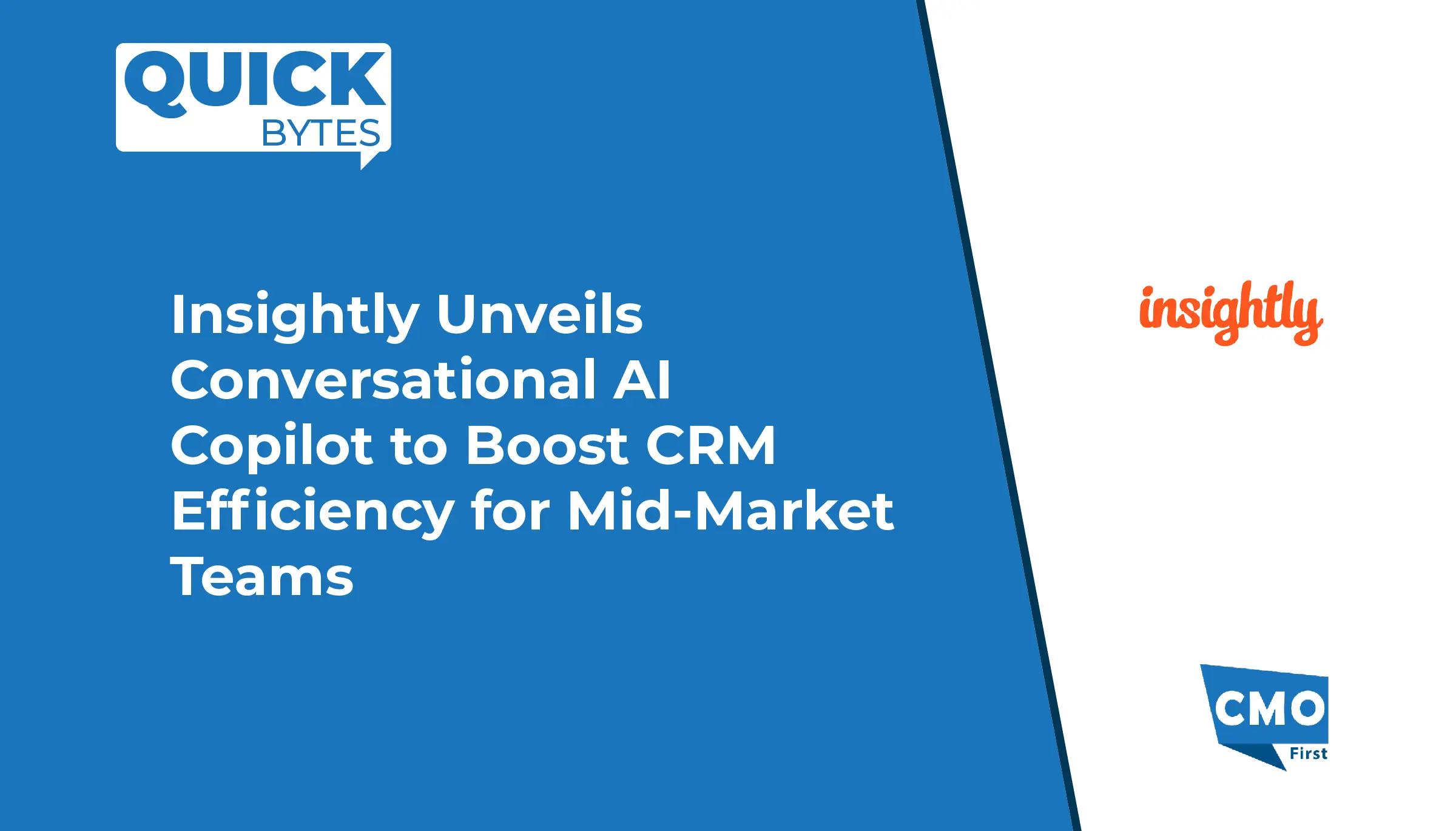B2B marketers who are eager to interact with high-value prospects will regard the new rules as a benefit, despite the fact that some tech businesses may recoil at the limitations this privacy legislation places on their activities. Marketing strategies will need to change in the era of data privacy to account for the increased significance of privacy and the laws that protect it.
New data privacy laws have significantly increased peoples’ visibility and control over how their personal data has been gathered, utilized, sold, and safeguarded during the past ten years.
The California Consumer Protection Act (CCPA) and the General Data Privacy Act (GDPR), both enacted in 2018, triggered a seismic change in privacy law, but they were just the beginning. Since then, according to “The Growth of State Privacy Legislation,” the number of states adopting or passing data privacy statutes has increased from two in 2018 to 29 in 2021.
As a result, marketers must take action to keep up with data security and privacy regulations. The challenges in maintaining privacy and security compliance are higher than ever due to the current regulatory environment.
So, what can marketers do to successfully achieve their corporate objectives while also satisfying the growing legal and consumer demands for data privacy? Even better, how do B2B marketers develop a marketing plan that complies with data protection laws?
Also Read: Do CMOs have “What It Takes” to Add More Value to the Enterprise?
Create a data culture
Brands with a data culture have the best chance of creating effective sales and marketing tech stacks. B2B firms must have a top-down data culture driven by the CEO, CMO, CRO, and CTO to their staff across the globe in order to utilize their data effectively.
Better servicing the client is the first advantage of developing a data culture. The Customer Experience (CX) is sure to improve if everyone is in agreement about why data is essential, what data is relevant, how it is being utilized, and how it can be used in the future. The second advantage will be ensuring that individuals respect data, follow corporate data usage and treatment policies, and comply with industry standards. Of course, data is essential for successfully operating enterprises and achieving desirable results. In a world that prioritizes data privacy, this approach is critical.
Leverage first-party data; integrate it with additional opt-in intel
First-party data has become crucial to the industry as lookalike audiences and cookies both fall out of favor with B2B businesses. It goes without saying that sales and marketing teams can develop solid, one-on-one connections with customers and prospects via email, SMS, and other methods. In order for the sales team to precisely and intelligently take up the conversation where marketing left off when qualified leads are created, it will be crucial for marketing and sales to share the same first-party data and combine it with second-party buyer intent data. In other words, they must be in agreement with what first- and second-party data about the customer or prospect is telling them.
Also Read: Opportunities for CMOs to Make the Most of in 2021
Even with stricter data privacy regulations, B2B brands can combine their first-party data with permission-based third-party data from other sites (where the viewer has consented to cookies) to gain a deeper insight into their target audience. For platforms that get user consent, audience segments and buyer cohorts are still a component of the marketplace. As a result, creating a marketing stack that can make sense of several layers of data is still challenging.
Fostering trust
It’s critical to recognize that everyone is living in a time where everyone has more personal authority. Now that individuals have legal rights over what information advertising can access and how they may use it, prospects and customers want to know how their data is being gathered, shared, and used.
Requirements to give consumers greater information and options regarding data usage, as well as the need for transparency, are common themes in the regulatory environment, both in laws that have already been passed and those that are still being considered.
























Leave a Reply